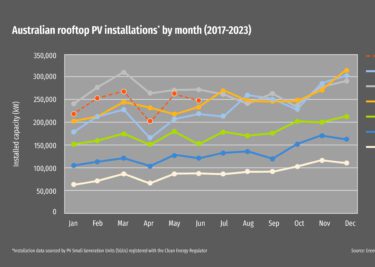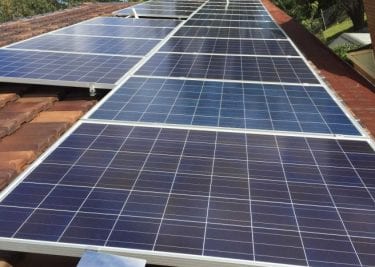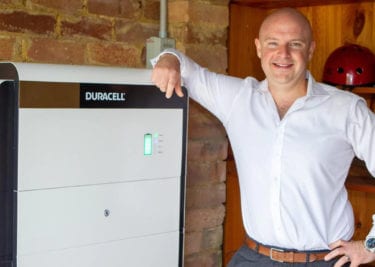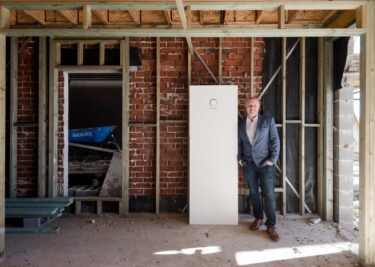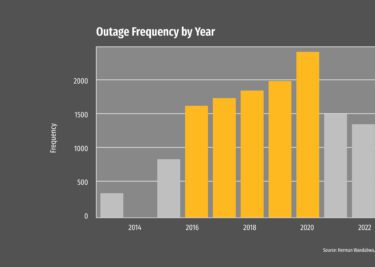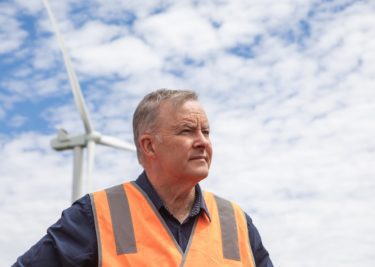A Brief History of Solar Energy
Humans have been using the sun as a source of energy for thousands of years, and it has proven an endlessly reliable source of heat and light for countless everyday tasks such as drying clothes, preserving food and lighting fires.
But in the last 200 years our energy needs have changed, and so it has been necessary to find new and innovative ways to harness the sun to create electricity to power our lives.
The solar systems available today (and sold by Natural Solar) are the most advanced and efficient systems of their kind that have ever been available. And, with the recent creation of solar batteries such as the Tesla Powerwall, it is now technically possible for you to rely solely on clean energy and to live entirely independent of the traditional energy grid.
It is thrilling that solar energy has made it to this point, but it didn’t happen overnight. It took many great minds many years to invent our current solar technology, and here is a timeline of some of the key steps along the way:
1839 – French physicist Edmund Becquerel discovered the photovoltaic effect, which was the theory that explained how sunlight can be used to generate electricity
1873 – English engineer Willoughby Smith found that photoconductivity was possible in solid selenium, which led to the discovery three years later by Natural Philosophy Professor William Grylls and his colleague Adams Richard Evans Day that illuminating a junction between selenium and platinum has a photovoltaic effect
1878 – A solar power generator invented by Augustin Mouchot is unveiled at the Universal Exhibition in Paris, alongside Alexander Graham Bell’s telephone and Thomas Edison’s phonograph
1883 – The first photovoltaic cell (which, admittedly had less than 1% efficiency) was created by American inventor Charles Fritts using selenium on a thin wafer of gold
1905 – Albert Einstein weighed in on the photoelectric effect with his seminal paper on the photon theory of life, which partly contributed to him winning the Nobel Prize in Physics in 1921
1918 – Single crystal silicon (which eventually lead to silicon-based solar cells) were grown for the first time by Polish physicist Jan Czochralski
1954 – This was a big year for solar energy, as it marked the creation of the world’s first photovoltaic cells. Bell Labs in New Jersey, USA (who also invented wireless modems and mobile phones) are credited with producing the very first device for transforming sunlight into electrical power, intended for use in space activities, and their invention was the basis for the solar technology that we use today
1955-60 – Hoffmann Electronics creates a series of solar cells with increasing efficiencies, reaching a peak of 14%
1983 – Worldwide PV production and installation continues to grow and eventually exceeds 21.3 MW
1985 – The University of NSW’s Centre for Photovoltaic Engineering makes history when they create silicon cells with 20% efficiency
1992 – Germany launches the world’s largest and most ambitious national Renewable Energy Program, with the goal of achieving 25 GW by 2011. Australia introduces a renewable energy target just under a decade later
2013 – Construction begins on Solar Star, a 579 MW solar power station in California, USA that features more than 1.7 million solar panels across 13 square kilometres. On its completion in 2015, it became the world’s largest solar farm in terms of installed capacity
2015 – The Tesla Powerwall and Tesla Powerpack are unveiled to the public, and pre-orders for the products quickly reach more than $US800 million
2016 – The Tesla Powerwall and Tesla Powerpack are released in Australia and offered for sale by Natural Solar
The products offered by Natural Solar are right on the edge of the latest technology. Give our engineers a call any time on 1300 060 928 and they would be happy to talk to you about it.Get your solar quote now!


